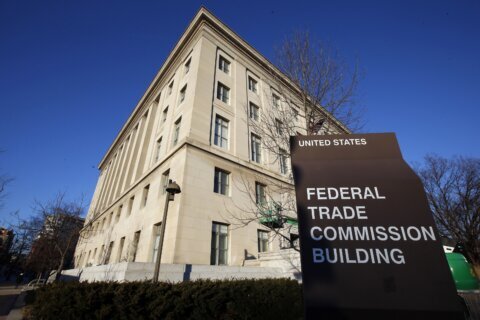WASHINGTON — The 2019 edition of Bankrate.com’s survey on the saving habits of Americans is out, and it paints a grim picture.
The number of Americans who have more credit card debt than emergency savings is 29 percent, a number sharply higher compared to last year’s 21 percent, and it’s also the highest in the survey’s nine-year history.
The number beats the survey’s previous high of 28 percent, which came in 2014. Last year’s 21 percent was the survey’s lowest.
The personal finance website notes that on the whole, only 44 percent of American households have more emergency savings than credit card debt, and some Americans have neither credit card debt, nor emergency savings. Over 1,000 people responded to the survey, which took place from Jan. 29 to Feb. 3, 2019.
Greg McBride is the chief financial analyst for Bankrate.com, and he said now is the time for those to start paying off their debts and banking some cash for future emergencies.
“Now is the time, with unemployment low and wages rising,” he said, “to right-size the equation.”
Interestingly, just last year, Americans said they were saving more. In 2018, just 21 percent of respondents said they had more credit card debt than emergency savings. That was the lowest number in the survey’s history.
The survey gathered detailed information about the borrowing and saving habits of Americans. It turns out that older Americans are in better shape than more recent generations. Those 55-and-older are twice as likely to say they have more emergency savings than credit card debt. The gap is narrower for Millennials and those in Generation X.
The amount of savings, of course, has to do with income and educations levels. For example, households led by those with college degrees are between two and three times more likely to have more emergency savings than those without advanced degrees.
Also, about a third of the lowest-income households, considered those with income below $30,000 have neither emergency savings, nor credit card debt.
McBride advised those who want to pay down their debt to consider looking for credit cards that are currently offering no interest on balance transfers.
“Both credit card rates and savings rates have been on the rise,” McBride said. “[Look for] the zero-percent balance transfer cards, and come up with a realistic plan for paying off the amount owed during the interest-free period.”








